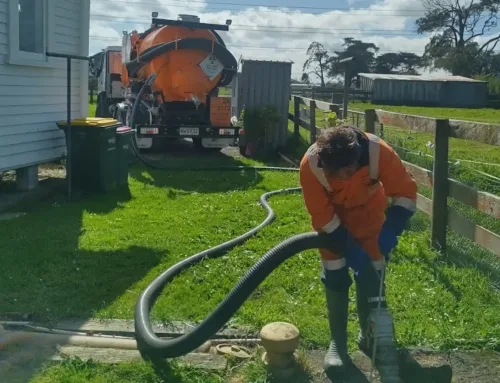Reclaim Waste for Dummies
Reclaim Waste for Dummies
Blog Article
Reclaim Waste for Dummies
Table of ContentsThe Best Strategy To Use For Reclaim WasteSome Ideas on Reclaim Waste You Should KnowSome Known Details About Reclaim Waste Reclaim Waste Things To Know Before You Get ThisReclaim Waste Things To Know Before You Get This
Check out the types, incidents, and kinds of liquid waste. Residential sewer waste refers to the waste and products from a residential sewage-disposal tank. This type of waste is created by human beings in residences, schools, and other structures. This only includes septic systems that have a drain area. The correct administration and disposal of residential sewer waste call for fluid waste to be transferred to a sewage treatment plant where the correct techniques and devices are applied to cleanse and deal with waste.
Commercial waste often consists of potential threats, such as flammable products or a mix of liquid and strong waste products, and requires an advanced and in-depth disposal process. The disposal of commercial waste normally entails the filtration of waste before transportation to guarantee risk-free and appropriate disposal. Hazardous waste is created from results and overflow of commercial processes and production.
This kind of waste can not use the same sewer monitoring transportation or processes as septic or industrial fluids. The commercial waste monitoring procedure needs the assessment and testing of fluid waste prior to it undertakes the disposal procedure (liquid waste removal melbourne). Overflow waste is the liquid waste that comes from overflow and excess stormwater in highly populated areas or cities
Runoff waste can cause contamination and flooding otherwise dealt with correctly. Find out much more about drain cleaning and waste monitoring. Ensuring appropriate waste administration can stop calamities and lower environmental injury. Both individuals in residential setups and experts in business or production industries can take advantage of understanding the processes and regulations of fluid waste monitoring.
All About Reclaim Waste
Contact PROS Solutions today to learn more about our waste management and disposal services and the appropriate methods to look after the fluid waste you create.
(https://forums.hostsearch.com/member.php?271151-reclaimwaste1)This so-called 'wastewater' is not only a vital source yet, after treatment, will be launched to our land, rivers or the sea. Made use of water from commodes, showers, baths, kitchen area sinks, laundries and industrial processes is understood as wastewater.

water utilized to cool machinery or clean plant and devices). Stormwater, a kind of wastewater, is runoff that flows from farming and city locations such as roofs, parks, gardens, roads, paths and seamless gutters into stormwater drains, after rain. Stormwater flows untreated directly to regional creeks or rivers, ultimately getting to the sea.
Reclaim Waste Fundamentals Explained
In Queensland, most wastewater is dealt with at sewage treatment plants. Wastewater is transported from residential or commercial sites via a system of drains and pump terminals, understood as sewerage reticulation, to a sewage treatment plant.
The Division of Natural Resources suggests city governments about handling, operating and preserving sewerage systems and treatment plants. In unsewered locations, neighborhood federal governments may need homeowners to mount private or home sewer therapy systems to treat domestic wastewater from commodes, cooking areas, shower rooms and laundries. The Department of Natural Resources authorises making use of home systems when they are proven to be effective.
The majority of stormwater gets no therapy. In some brand-new subdivisions, treatment of some stormwater to remove litter, sand and gravel has begun making use of gross toxin traps. Wastewater therapy happens in four phases: Eliminates strong matter. Bigger solids, such as plastics and other things incorrectly discharged to drains, are gotten rid of when wastewater is passed via displays.
Uses tiny living organisms knows as micro-organisms to break down and eliminate continuing to be liquified wastes and great particles. Micro-organisms and wastes are incorporated in the sludge.
Facts About Reclaim Waste Revealed
Nutrient removal is not readily available at all sewage therapy plants since it requires costly specialised devices. Clear liquid effluent generated after treatment might still contain disease-causing micro-organisms - liquid waste disposal.

This typically means wastewater needs to be dealt with or pollutants eliminated before it can be released to waterways. The majority of wastewater moves into the sewage system. Under the Act, local governments administer approvals and permits for environmentally relevant activities (Ages) entailing wastewater releases that may have a local effect. The department carries out authorizations and licences to Periods including wastewater releases that may have a local or statewide effect.
See This Report about Reclaim Waste
Otherwise, samples are taken for lab analysis. Commonly several tests are required to develop the degrees of each of the various toxins such as oils, heavy steels and pesticides in water. Monitoring offers valid information concerning water top quality and can verify that permit conditions are being fulfilled. The details acquired through tracking offers the basis for making water quality decisions.
Report this page